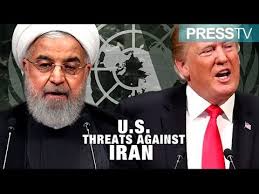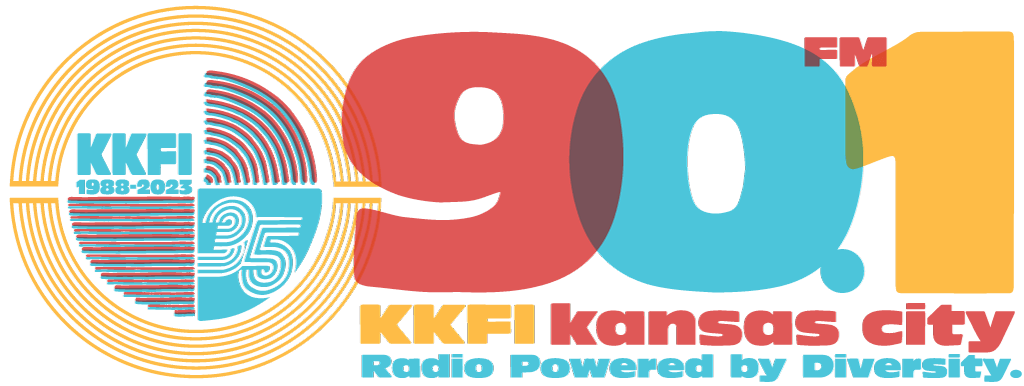Museum of the City of New York
The Museum of the City of New York has two terrific exhibits, one permanent, on social change activism at the Puffin Foundation gallery, the other, just up on May 1st, called city of workers, city of struggle, also sponsored by the Puffin Foundation.
The great American social historian Howard Zinn wrote that significant social change comes from below. These two exhibits demonstrate this.
If you live in New York or plan to visit the city you might like to check them out. And for you far away listeners youll get a good virtual visit by going to the museums website at mcny.org
The permanent exhibit on social change activism is most relevant in todays dire times of climate change and threatened nuclear catastrophe. The exhibits show by way of photos, documents, and videos how 14 past struggles were conducted and the gains that were won.
They include exhibits from the movement to abolish slavery, and the civil rights movement up to Black Lives Matter. Other exhibits bring to life anti-nuclear organizing, climate change activism, and the success of the mass mobilizations that won over public opinion and ended the war in Vietnam. Although the activism exhibit is permanent it is not unchanging. Right now a new section has been put up covering the struggle of trans people.
A second gallery exhibit, which opened on May 1, examines how the labor movement transformed New York. Called city of workers, city of struggle the exhibit shows how New York City, after two centuries of struggle, became the most unionized large city in the United States.
Guest – Steven H. Jaffe, Ph.D. the curator who organized the labor movement exhibit at the Museum of the City of New York.
—-
Current Analysis Of U.S. Threats Against Iran

In late 2017 and early 2018 Iran was shaken by a wave series of protests. Economic hardships from austerity measures spawned demonstrations that spread to more than 80 cities and towns, in a public showing of discontent not seen since the 2009 presidential elections there. American policy is aimed at exacerbating the hardships.
After the signing of a historic nuclear agreement in 2015, American and Iranian diplomats grew acquainted in a departure from the past when they weren’t allowed to talk. Many were hopeful that more talks on other topics might happen, including conflicts in Afghanistan, Iran, Syria and Yemen.
But then Donald Trump became president he pulled out of the nuclear deal and blamed Iran for the Middle Easts problems. He added Iran to the list of countries whose citizens would be banned from entering the United States. He designated the Iranian revolutionary guard is a terrorist organization.
He put severe economic sanctions on Iran causing terrible hardships to its citizens. He is trying to limit their sale of oil. He sent an aircraft carrier to the region and recently threatened to obliterate the country.
Guest – Phyllis Bennis is a fellow of the Institute for Policy Studies, where she works on anti-war, US foreign policy and Palestinian rights issues. She has worked as an informal adviser to several key UN officials on Palestinian issues. Her books including Calling the Shots: How Washington Dominates Todays UN, and Understanding the Palestinian-Israeli Conflict.
———————-


